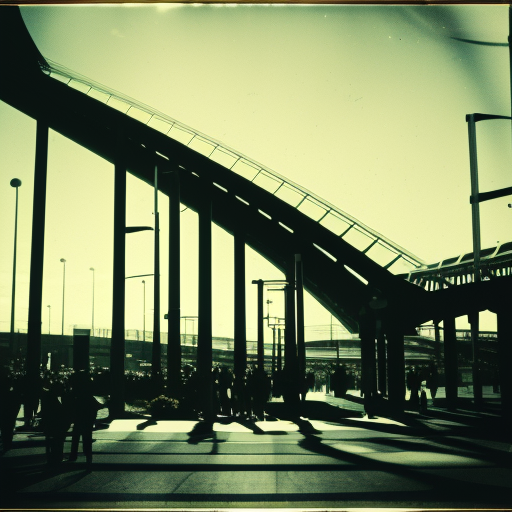Summary: Expo 2010
Expo 2010, also known as the World Expo 2010, was a major international exhibition held in Shanghai, China, from May 1 to October 31, 2010. The theme of the expo was “Better City, Better Life,” focusing on sustainable urban development and the challenges faced by cities in the 21st century. The event attracted millions of visitors from around the world and showcased the achievements and aspirations of various countries and organizations.
Preparations and Opening
The preparations for Expo 2010 began years in advance, with Shanghai investing heavily in infrastructure development and urban renewal projects. The expo site covered an area of 5.28 square kilometers along the Huangpu River, featuring numerous pavilions, exhibition halls, and cultural facilities. The opening ceremony on May 1, 2010, was attended by high-ranking officials and dignitaries from around the world, including Chinese President Hu Jintao.
Exhibitions and Pavilions
Expo 2010 featured the participation of 246 countries and international organizations, making it the largest World Expo in history. Each participating country had its own pavilion, showcasing its culture, technology, and achievements. The pavilions were designed to be visually striking and unique, with many incorporating sustainable and environmentally friendly features. Notable pavilions included the China Pavilion, which resembled an ancient Chinese crown, and the UK Pavilion, known as the “Seed Cathedral,” featuring 60,000 transparent rods with seeds embedded in them.
Thematic Pavilions
In addition to the national pavilions, Expo 2010 also had several thematic pavilions that explored specific topics related to urban development. These included the Urban Footprint Pavilion, which focused on sustainable urban planning, and the Urban Planet Pavilion, which addressed issues of urbanization and population growth. The Expo Boulevard served as the main thoroughfare, connecting the different pavilions and providing a vibrant and bustling atmosphere.
Cultural Events and Performances
Throughout the six-month duration of Expo 2010, a wide range of cultural events and performances took place, showcasing the diversity and richness of global cultures. These included music concerts, dance performances, theater shows, and art exhibitions. The Expo Center hosted numerous conferences and forums, bringing together experts and policymakers to discuss urban development and sustainability.
Legacy and Impact
Expo 2010 had a significant impact on Shanghai and China as a whole. The event helped boost the city’s international profile and stimulated economic growth through increased tourism and investment. The expo site was transformed into a permanent urban park called the Expo Park, which continues to attract visitors with its gardens, museums, and recreational facilities. The success of Expo 2010 also paved the way for future World Expos, with Milan hosting the next edition in 2015.
Conclusion
Expo 2010 was a landmark event that brought together nations and organizations to address the challenges of urbanization and sustainable development. It showcased the achievements and aspirations of various countries and provided a platform for cultural exchange and dialogue. The legacy of Expo 2010 continues to shape Shanghai’s urban landscape and serves as a reminder of the importance of creating better cities for a better future.












